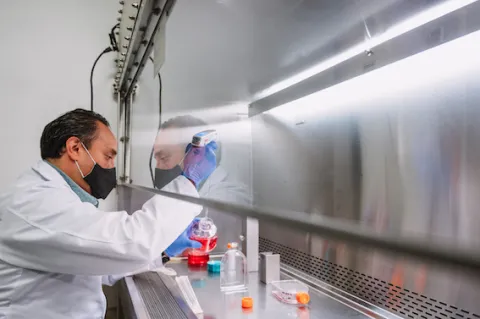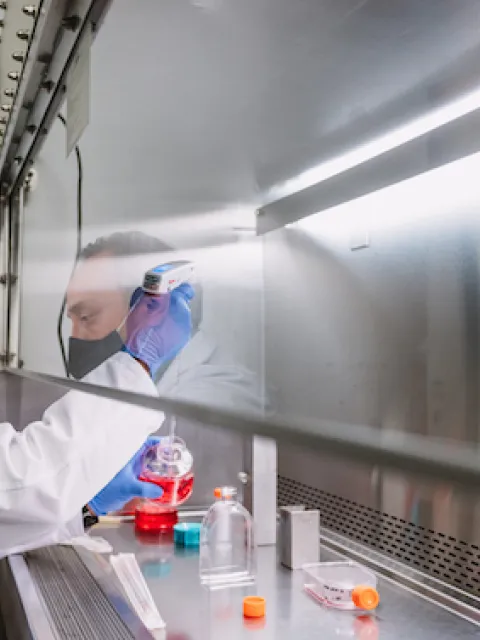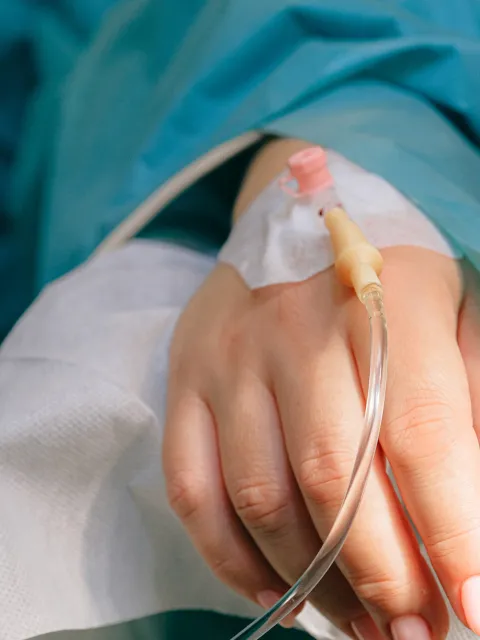UICC welcomes strong emphasis on access to cancer medicines in updated EML
More than a quarter of applications reviewed for the 2021 update of the WHO Essential Medicines List (EML) were for cancer. Inclusion of a medicine is a crucial first step towards greater equity in access.

The World Health Organization published on 1 October the 22nd WHO Model List of Essential Medicines (EML) and the 8th Model List of Essential Medicines for Children (EMLc).
Essential medicines are those medicines that satisfy the priority health care needs of the population and should be accessible in sufficient quantities. The essential medicines concept was endorsed in 1975 by the World Health Assembly and this led to the creation of the Model Lists of Essential Medicines along with the implementation of the national medicines policies.
The objective of the list is to serve as a tool or model for countries to prioritise what is included on their national essential medicines lists (NEMLs) for public procurement and reimbursement. Inclusion of a medicine on a NEML does not automatically ensure access; however, it is a crucial first step, as policies that include and improve access to essential medicines are essential to promoting health and achieving sustainable development goals.
The list updated from 2019 includes new medicines for prostate cancer (enzalutamide) and chronic lymphocytic leukaemia (ibrutinib). Furthermore, listings for medicines were extended to include additional indications; for example, imatinib was extended to include Philadelphia chromosome-positive acute lymphoblastic leukaemia and others for additional indications in childhood cancers.
Furthermore, two non-nicotine-based medicines – bupropion and varenicline – join nicotine-replacement therapy on the Model List, providing alternative treatment options for people who want to stop smoking. This listing supports WHO’s “Commit to Quit” campaign goal of having 100 million people worldwide quit smoking over the coming year.
The lists (EML and EMLc) are reviewed and revised every two years by the WHO Expert Committee on the Selection and Use of Essential Medicines. For this 2021 revision, 23 out of 88 applications in total, or more than one-quarter, involved cancer medicines.
Improving access, providing cost-efficient medicines
A number of cancer medicines were not included on the list due to several reasons including not being considered cost-effective and uncertain additional clinical benefits compared with medicines already listed on the EML.
To address this issue of cost, the WHO Expert Committee on the Selection and Use of Essential Medicines recommended that a working group be established to develop strategies to lower the costs of currently very expensive medicines to make them more affordable for lower-resourced countries.
UICC welcomes the establishment of this working group and also reiterates the important role of the Medicines Patent Pool (MPP) in addressing access through public health-oriented voluntary licenses to increase access.
“The MPP has successfully enabled access to many medicines for HIV, TB and hepatitis C and have now expanded their mandate to include cancer medicines. We look forward to working with them in expanding access to cancer medicines in low- and middle-income countries, as well as with our members and partners to ensure timely access to appropriate cancer medicines and diagnostics.”
– Dr Cary Adams, CEO of UICC
The first Essential Medicines List was published in 1977 and included 208 medicines. This number has since more than doubled, with the inclusion of 479 medicines on the current list.
In 2015, WHO together with UICC led an extensive review of the entire section on cancer medicines was revised and medicines are now listed according to the cancers they treat. This makes it easier for countries to prioritise cancer medicines according to their disease burden.
“We encourage UICC members and the global health community to use this evidence-based list to encourage governments and national essential medicines committees in their respective countries to prioritise cancer medicines for procurement and reimbursement.”
– Dr Sonali Johnson, Head of Advocacy, UICC
Finally, to ensure maximum use of resources, governments must not only select essential medicines based on national need and capacity for treatment, they must also consider pathology and diagnostic capacity needs, as they are crucial in ensuring appropriate treatment.
Last update
Monday 18 October 2021
